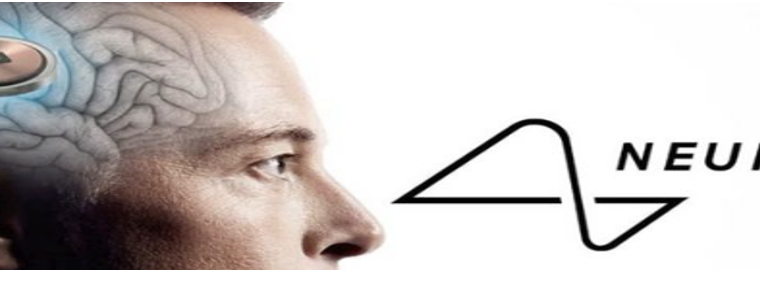Ricardo De Melo Matos
It was 2012 and Obama was the American president, studies had shown that social media, on his first rise, had a big influence over the results.
After the election of 2016 and the concern that social media could have contributed to the results, many studies have since analyzed electoral content during elections in general finding misinformation a growing enemy of a fair and free election.
Speculations about Russian interference supporting Donald Trump by publishing fake content on Facebook became headlines, and since then regulations about keeping social media users informed about real facts have become a necessity.
Reflections on how fake news and misinformation first began and how the “yellow journalism” of old has collided with the digital era, where the need for content is constant but just as easily manipulated for naïve users. The juggernaut that is Facebook and its arguable interference with elections are traced first to the 2012 campaign, and an analysis of how to diminish the impact of this type of interference is suggested in order to support a more democratic environment.
Fake news can be very convincing, to say the least and a large-scale survey made by Ipsos Public Affairs for the website BuzzFeed News shows that 75% of the time, Americans are easily tricked by fake headlines. When relating to Facebook specifically, the survey mentions that Americans use Facebook as their main source of news and so are more likely to read fake headlines believing them are real versus people who don’t use Facebook as their primary source of news (Silverman & Vine, 2016, para. 1).
A good example of someone being taken in by fake news almost ended in real tragedy. The so-called ‘PizzaGate’, a conspiracy theory disseminated on the internet during the 2016 elections began with the premise that Hillary Clinton and the Democrats, ran a pizzeria in Washington, D.C. that supposedly fronted a child sex-traffic scheme. This tall tale led to a man showing up at the said pizza place with an assault rifle wanting to liberate the innocent children. The suspect who was arrested on scene was Edgar
Maddison who had driven from Salisbury, North Carolina to the nation’s capital in his Toyota Prius loaded with three guns. He spent the prior month reading fake news on targeted blogs and watching videos about a pedophile ring at the Comet Ping Pong pizza restaurant in Washington, D.C., so he went to the restaurant armed and fired his assault rifle. Afterward, he learned it was all a lie, but the consequence to his actions was jail time. (Higdon 2020, p.147, para. 4).
In Summary, the effects of reading news on social media must be a reminder of the limitations of social media offers. While technology has made it easier to both post and read stories, one must remember that there is no policing of the internet. Instead, platforms like Facebook hire internal teams that self-regulate on their own terms what is considered appropriate or even what’s dangerous.
The effect of a media that has no editing, and no requirement for the truth leaves the public vulnerable in its interpretation. The anonymity of the medium means anyone can say what they want and call it the truth. For the first time, people can create and read what they, but with this newfound power comes old responsibilities. One could point to Facebook as the root of the problem, but as discussed earlier fake news has a long-storied history that predates the digital age.
The danger lies in the public’s perception of what news is and whether they consider the validity of the story. This is inconsequential to Facebook and many social media outlets, since content and readership equal little more than revenue. And in the sense, the age-old balance of news as a business has never really been buried.



